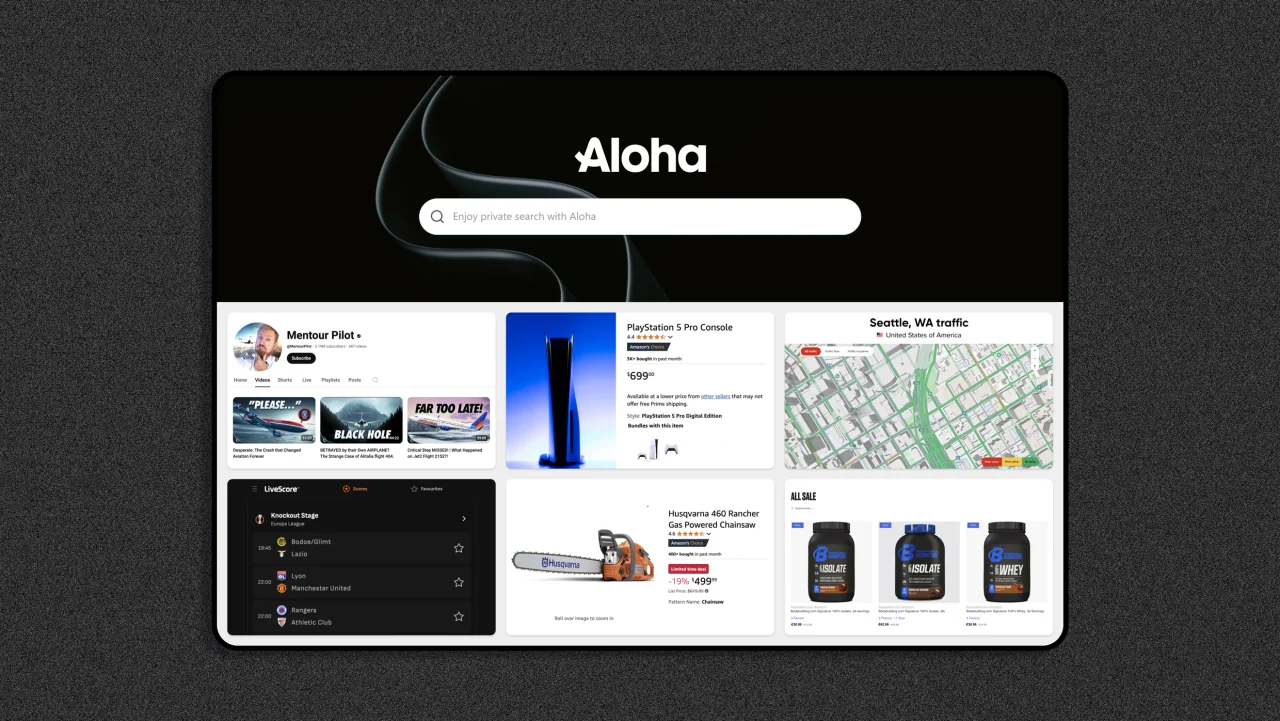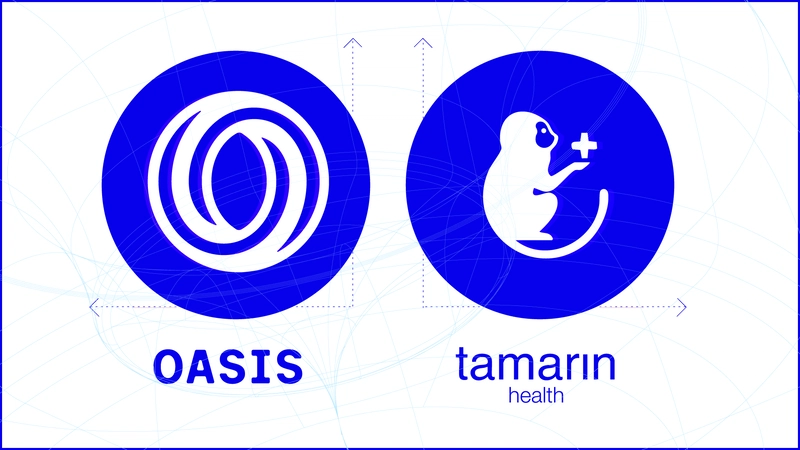SaaS-Ready Web Scraping with Tiered Permissions using Permit.io
This is a submission for the Permit.io Authorization Challenge: Permissions Redefined What I Built I built Scrapebase - a web scraping service that redefines how we think about permissions in modern SaaS applications. Instead of treating authorization as an afterthought, Scrapebase demonstrates how to build with permissions as a first-class concern from day one. The project solves several common authorization challenges: Tiered Access Control: Managing different permission levels for free vs paid users Resource-Level Restrictions: Controlling access to sensitive domains Feature-Based Permissions: Gating advanced features behind proper authorization Key Features Tiered Service Levels: Free, Pro, and Admin tiers with different capabilities API Key Authentication: Simple authentication using API keys Role-Based Access Control: Permissions managed through Permit.io Domain Blacklist System: Resource-level restrictions for sensitive domains Text Processing: Basic and advanced text processing with role-based restrictions Permission Structure Feature Free User Pro User Admin Basic Scraping ✅ ✅ ✅ Advanced Scraping ❌ ✅ ✅ Text Cleaning ✅ ✅ ✅ AI Summarization ❌ ✅ ✅ View Blacklist ✅ ✅ ✅ Manage Blacklist ❌ ❌ ✅ Access Blacklisted Domains ❌ ❌ ✅ Demo Try it live at: https://scrapebase-permit.up.railway.app/ Screenshot: Demo page showing tiered access control in action Test it yourself: Free User: newuser / 2025DEVChallenge Admin: admin / 2025DEVChallenge Project Repo Repository: github.com/0xtamizh/scrapebase-permit-IO The repository includes: Complete source code with TypeScript Detailed setup instructions API documentation Example environment configuration My Journey The Challenge Traditional approaches to authorization often result in: Permission checks scattered throughout code Security vulnerabilities from inconsistent enforcement Technical debt from hard-coded rules Difficulty in updating permission logic The Solution I used Permit.io to create an externalized authorization system that: Separates business logic from authorization code Enables policy changes without code deployment Provides consistent permission enforcement Allows non-developers to manage permissions Challenges Faced The main challenge was implementing attribute-based access control (ABAC): // Initially tried ABAC (didn't work with cloud PDP) const resource = { type: 'website', attributes: { is_blacklisted: isBlacklistedDomain } }; // Had to simplify to RBAC const permissionCheck = await permit.check(user.key, action, 'website'); Key Learnings Technical Benefits Clean separation of concerns Externalized policy management Consistent enforcement Business Benefits Non-technical policy management Flexible permission updates Better security compliance Developer Experience Reduced complexity Better maintainability Focus on core features Using Permit.io for Authorization Implementation The core authorization flow: // permitAuth middleware const permitAuth = async (req, res, next) => { const apiKey = req.headers['x-api-key']; // Map API key to user role const user = mapApiKeyToUser(apiKey); // Sync with Permit.io await permit.api.syncUser({ key: user.key, email: user.email, attributes: { tier: user.tier } }); // Check permission const allowed = await permit.check(user.key, req.action, 'website'); if (!allowed) { return res.status(403).json({ error: 'Access denied', details: `User ${user.key} cannot perform ${req.action}` }); } next(); }; Dashboard Configuration Configuring resource types and actions in Permit.io dashboard Setting up role-based permissions for different user tiers Managing users and their role assignments Future Improvements Set up local PDP for ABAC support Implement tenant isolation Add permission audit logging UI Create more granular roles Add user management interface Scrapebase demonstrates how modern applications can redefine permissions by treating authorization as a first-class concern, enabling better security, maintainability, and user experience.

This is a submission for the Permit.io Authorization Challenge: Permissions Redefined
What I Built
I built Scrapebase - a web scraping service that redefines how we think about permissions in modern SaaS applications. Instead of treating authorization as an afterthought, Scrapebase demonstrates how to build with permissions as a first-class concern from day one.
The project solves several common authorization challenges:
- Tiered Access Control: Managing different permission levels for free vs paid users
- Resource-Level Restrictions: Controlling access to sensitive domains
- Feature-Based Permissions: Gating advanced features behind proper authorization
Key Features
- Tiered Service Levels: Free, Pro, and Admin tiers with different capabilities
- API Key Authentication: Simple authentication using API keys
- Role-Based Access Control: Permissions managed through Permit.io
- Domain Blacklist System: Resource-level restrictions for sensitive domains
- Text Processing: Basic and advanced text processing with role-based restrictions
Permission Structure
| Feature | Free User | Pro User | Admin |
|---|---|---|---|
| Basic Scraping | ✅ | ✅ | ✅ |
| Advanced Scraping | ❌ | ✅ | ✅ |
| Text Cleaning | ✅ | ✅ | ✅ |
| AI Summarization | ❌ | ✅ | ✅ |
| View Blacklist | ✅ | ✅ | ✅ |
| Manage Blacklist | ❌ | ❌ | ✅ |
| Access Blacklisted Domains | ❌ | ❌ | ✅ |
Demo
Try it live at: https://scrapebase-permit.up.railway.app/

Screenshot: Demo page showing tiered access control in action
Test it yourself:
- Free User:
newuser/2025DEVChallenge - Admin:
admin/2025DEVChallenge
Project Repo
Repository: github.com/0xtamizh/scrapebase-permit-IO
The repository includes:
- Complete source code with TypeScript
- Detailed setup instructions
- API documentation
- Example environment configuration
My Journey
The Challenge
Traditional approaches to authorization often result in:
- Permission checks scattered throughout code
- Security vulnerabilities from inconsistent enforcement
- Technical debt from hard-coded rules
- Difficulty in updating permission logic
The Solution
I used Permit.io to create an externalized authorization system that:
- Separates business logic from authorization code
- Enables policy changes without code deployment
- Provides consistent permission enforcement
- Allows non-developers to manage permissions
Challenges Faced
The main challenge was implementing attribute-based access control (ABAC):
// Initially tried ABAC (didn't work with cloud PDP)
const resource = {
type: 'website',
attributes: {
is_blacklisted: isBlacklistedDomain
}
};
// Had to simplify to RBAC
const permissionCheck = await permit.check(user.key, action, 'website');
Key Learnings
-
Technical Benefits
- Clean separation of concerns
- Externalized policy management
- Consistent enforcement
-
Business Benefits
- Non-technical policy management
- Flexible permission updates
- Better security compliance
-
Developer Experience
- Reduced complexity
- Better maintainability
- Focus on core features
Using Permit.io for Authorization
Implementation
The core authorization flow:
// permitAuth middleware
const permitAuth = async (req, res, next) => {
const apiKey = req.headers['x-api-key'];
// Map API key to user role
const user = mapApiKeyToUser(apiKey);
// Sync with Permit.io
await permit.api.syncUser({
key: user.key,
email: user.email,
attributes: { tier: user.tier }
});
// Check permission
const allowed = await permit.check(user.key, req.action, 'website');
if (!allowed) {
return res.status(403).json({
error: 'Access denied',
details: `User ${user.key} cannot perform ${req.action}`
});
}
next();
};
Dashboard Configuration

Configuring resource types and actions in Permit.io dashboard

Setting up role-based permissions for different user tiers

Managing users and their role assignments
Future Improvements
- Set up local PDP for ABAC support
- Implement tenant isolation
- Add permission audit logging UI
- Create more granular roles
- Add user management interface
Scrapebase demonstrates how modern applications can redefine permissions by treating authorization as a first-class concern, enabling better security, maintainability, and user experience.





































































































































































![[The AI Show Episode 145]: OpenAI Releases o3 and o4-mini, AI Is Causing “Quiet Layoffs,” Executive Order on Youth AI Education & GPT-4o’s Controversial Update](https://www.marketingaiinstitute.com/hubfs/ep%20145%20cover.png)






























































































































![[DEALS] Microsoft 365: 1-Year Subscription (Family/Up to 6 Users) (23% off) & Other Deals Up To 98% Off – Offers End Soon!](https://www.javacodegeeks.com/wp-content/uploads/2012/12/jcg-logo.jpg)


![From Art School Drop-out to Microsoft Engineer with Shashi Lo [Podcast #170]](https://cdn.hashnode.com/res/hashnode/image/upload/v1746203291209/439bf16b-c820-4fe8-b69e-94d80533b2df.png?#)




















![Re-designing a Git/development workflow with best practices [closed]](https://i.postimg.cc/tRvBYcrt/branching-example.jpg)




















































































(1).jpg?#)
































_Inge_Johnsson-Alamy.jpg?width=1280&auto=webp&quality=80&disable=upscale#)































































































![The Material 3 Expressive redesign of Google Clock leaks out [Gallery]](https://i0.wp.com/9to5google.com/wp-content/uploads/sites/4/2024/03/Google-Clock-v2.jpg?resize=1200%2C628&quality=82&strip=all&ssl=1)
![What Google Messages features are rolling out [May 2025]](https://i0.wp.com/9to5google.com/wp-content/uploads/sites/4/2023/12/google-messages-name-cover.png?resize=1200%2C628&quality=82&strip=all&ssl=1)














![New Apple iPad mini 7 On Sale for $399! [Lowest Price Ever]](https://www.iclarified.com/images/news/96096/96096/96096-640.jpg)
![Apple to Split iPhone Launches Across Fall and Spring in Major Shakeup [Report]](https://www.iclarified.com/images/news/97211/97211/97211-640.jpg)
![Apple to Move Camera to Top Left, Hide Face ID Under Display in iPhone 18 Pro Redesign [Report]](https://www.iclarified.com/images/news/97212/97212/97212-640.jpg)
![Apple Developing Battery Case for iPhone 17 Air Amid Battery Life Concerns [Report]](https://www.iclarified.com/images/news/97208/97208/97208-640.jpg)



































































































